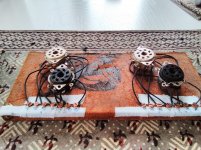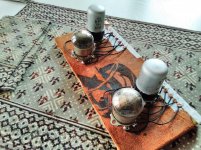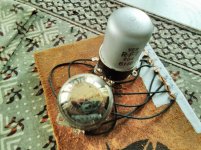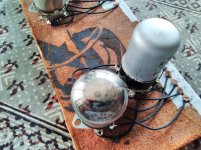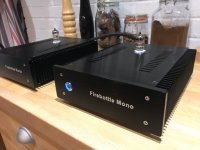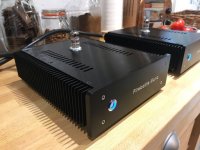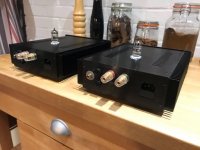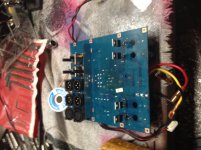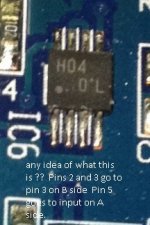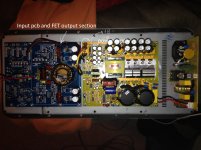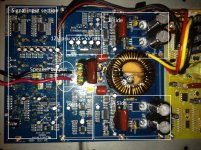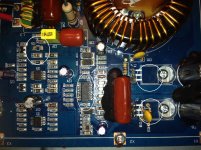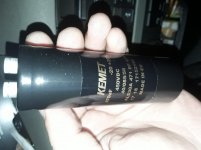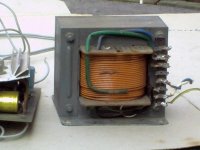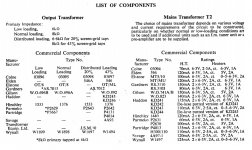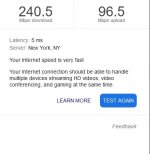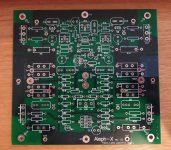State of Audiophile world in our Era, and how things changed
- By JonBocani
- Everything Else
- 127 Replies
Here is the english translation of my (french) thread found here.
I started few threads on DIYaudio in the past years about the blind tests I conducted, such as that one and that's basically my overall conclusions. As simple and straightforward as I could express them. It might even be considered blunt by some... So be it.
In any ways, let's discuss 😉
-------------
It had been a long time since I had plunged back into the design, fabrication and adjustment of sound systems. I've been doing it since the age of 14 and I don't remember having stopped that long since. But, frankly, the last blind tests I made disgusted me a little.
Disgusted by the truth, that our ears and our brain make us hallucinate differences when there is nothing identifiable, therefore nothing real, therefore nothing that justifies investing hours and hours in certain parts of our hobby (or this job, for some). In addition to the tons of money that some pieces of equipment can cost.
But this is not a reason to throw the baby out with the bathwater, just focus on the important and avoid wasting time and money on what makes little or no difference. ..
Here, then, from the experience of around thirty years and after several long and tedious blind tests, my summary of the situation in 2020, in our modern era. As science and technology progress, we will discover other things, but for now that's it:
I started few threads on DIYaudio in the past years about the blind tests I conducted, such as that one and that's basically my overall conclusions. As simple and straightforward as I could express them. It might even be considered blunt by some... So be it.
In any ways, let's discuss 😉
-------------
It had been a long time since I had plunged back into the design, fabrication and adjustment of sound systems. I've been doing it since the age of 14 and I don't remember having stopped that long since. But, frankly, the last blind tests I made disgusted me a little.
Disgusted by the truth, that our ears and our brain make us hallucinate differences when there is nothing identifiable, therefore nothing real, therefore nothing that justifies investing hours and hours in certain parts of our hobby (or this job, for some). In addition to the tons of money that some pieces of equipment can cost.
But this is not a reason to throw the baby out with the bathwater, just focus on the important and avoid wasting time and money on what makes little or no difference. ..
Here, then, from the experience of around thirty years and after several long and tedious blind tests, my summary of the situation in 2020, in our modern era. As science and technology progress, we will discover other things, but for now that's it:
- The difference in sound quality between formats: vinyls, CDs, digital MP3 and AAC files as well as streaming does not exist.
Yes of course, you can have a file or streaming that is too compressed and the poor quality will be easily identifiable, but in 2020 the overwhelming majority will be delivered with a level of quality that exceeds what the human ear could detect as a difference to the uncompressed master file from the studio.
For vinyl, it's an urban legend propelled by a surge of nostalgia, quite simply. This cake tastes better because mom made it, kind of thing. The audible differences sometimes heard (and very real) are due to a difference in mastering, so not the same source at all, but when comparing oranges with oranges, there is no audible difference. An easy test is to take a turntable and digitize the playback of a vinyl record, then compare both in a blind test of the ABX type.
The human ear simply does not have the capacity to detect differences, however technically real on paper. We often talk about hearing skills limits, on different aspects, such as: 0.4-0.6db on the amplitude, 1/6 to 1/3 octave on the frequencies, and where an MP3 file as compressed as 160kbps can manage to go unnoticed in a comparison to its high-definition uncompressed counterpart. As an ''audio tool'' the ear-brain combo is unprecise, unreliable and downright weak. No doubt about it anymore.
- Cables, amplifiers, pre-amplifiers, digital / analog converters, all of this has virtually no impact on sound quality.
Either it works, or it doesn't... or the difference is in the simplest specifications, such as power and level of distortion (amplifiers, etc.). Everything else is esotericism. Nothing is audible to humans, in these esoteric differences. Bottomline, just follow the basic prerequisites for XYZ project, in terms of specifications, electrical requirements and common sense, then everything will be OK.
Fortunately or unfortunately, even the speakers do not escape this decapitation of fabulations.
A ''driver'', this component of loudspeakers, it produces frequencies between (x)Hz and (x)Hz at a certain amplitude (decibel) with a certain capacity of acoustical energy diffusion according to the axis (power response), that's about it. Generally speaking, the quality of sound for the human ear is obtained by achieving a linear frequency range which faithfully covers what we hear, 20Hz to 20,000Hz, for young ears and a little less for older ones. Nowadays the tools exist (DSP) to correct and achieve precise results, and it does not cost very much, especially compared to the so-called ''Hi-Fi'' high-end products... The rest is to find recipes for drivers that work well together: very linear frequency range (flat curve) + maximum extensions at the bottom and the top of the spectrum + amplitude capacity (power, decibels) which avoids to fall into their zones of distortions and mechanical limits. My most recent blind test made a very clear demonstration that a 5$ driver can ''beat'' a 2000$ driver when EQ-corrected and SPL-adjusted, within the same bandwith for both. In other words: a DSP can work magic and save you a lot of money.
- The Achilles heel of the audiophile domain is now the measures and the capacities/aptitudes of acting on those measures.
The vast majority of audiophiles, even old timers (especially old timers?) do not know how to measure and make adjustments on a DSP, and/or do not have the proper tools to do so. It takes expertise and experience, which is not given to everyone. So, I think that explains the popularity of sound system solutions that ''self-adjust/calibrate'' with built-in microphones, etc ... I have never heard of such a commercial solution that is really satisfying, but I'm sure it will come someday. It should also be noted that the tooling is also part of the Achilles heel. Indeed, what our ear hears is not the same as our neighbor's pair of ears, and it is very likely that it is far from what the measurement microphone itself picks up. In short, the absolute reference is difficult to obtain and perhaps even downright impossible. The quest for a reliable measurement kit and an correction procedure that satisfies his ears is therefore the key for the modern audiophile and DIY enthusiast.
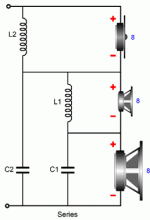
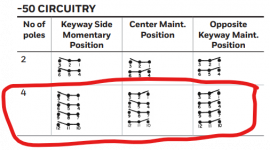

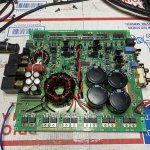
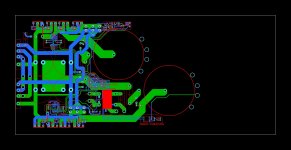
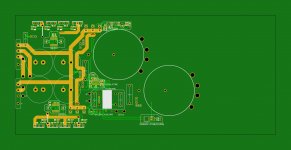
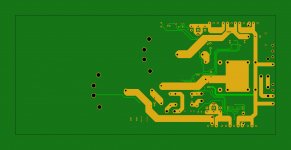
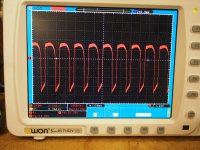

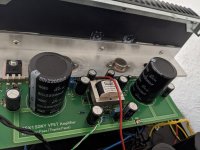
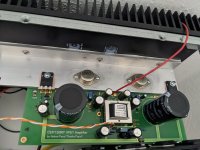
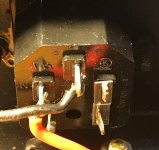
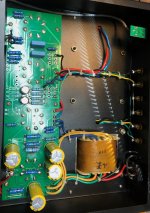
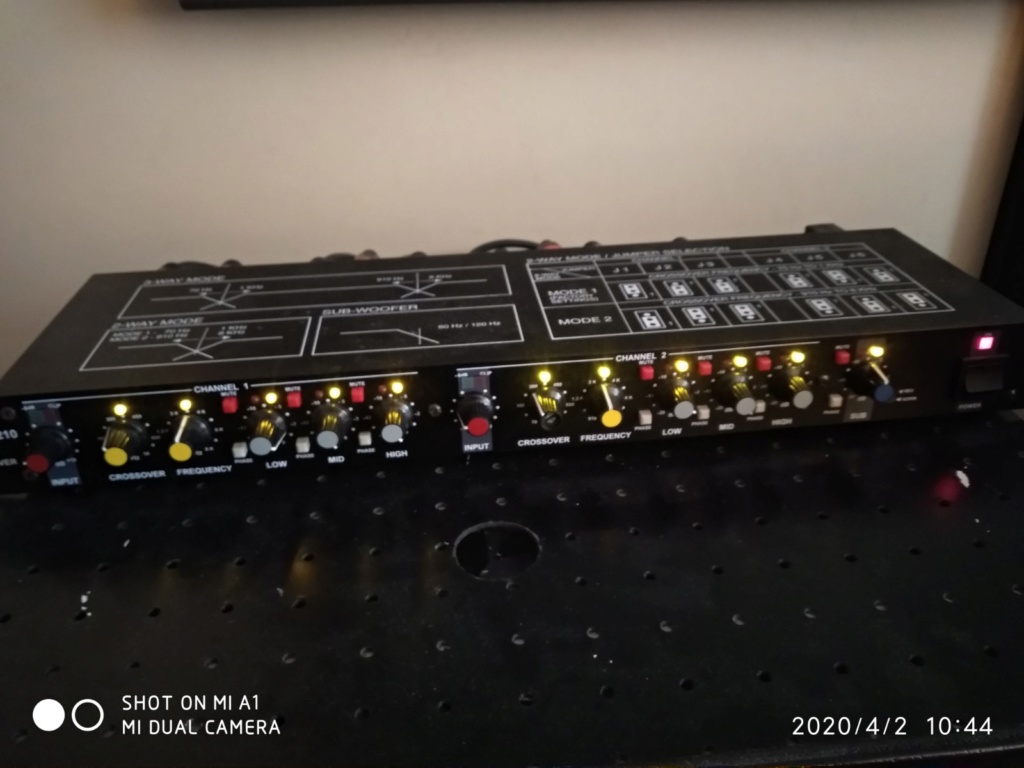
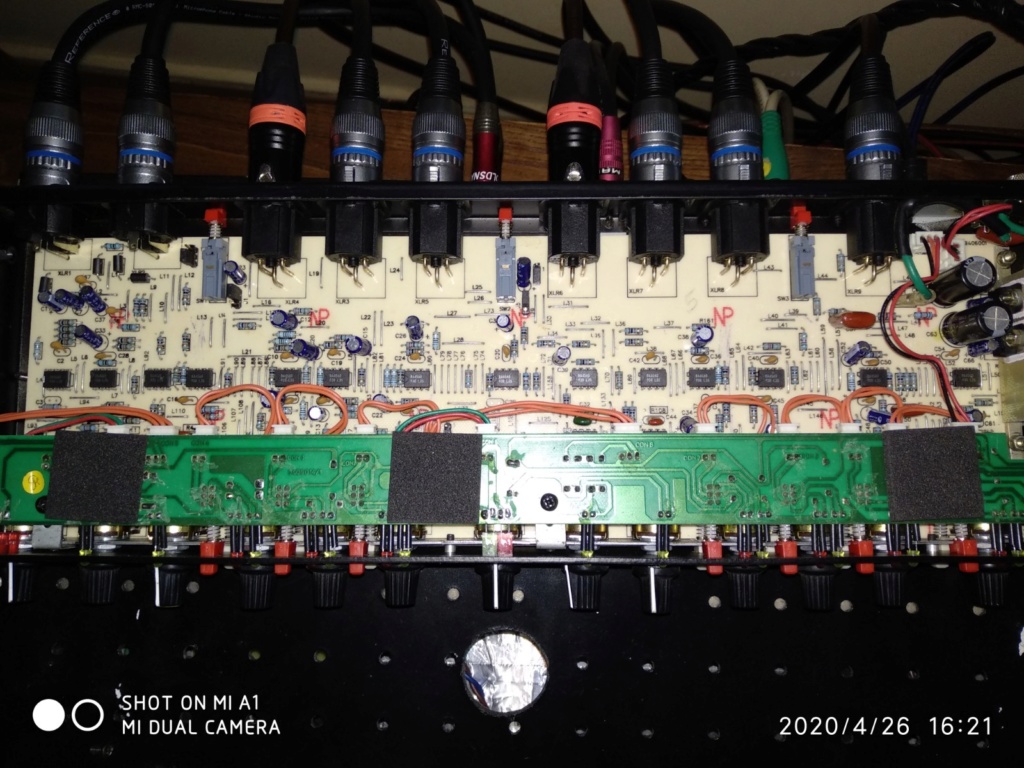
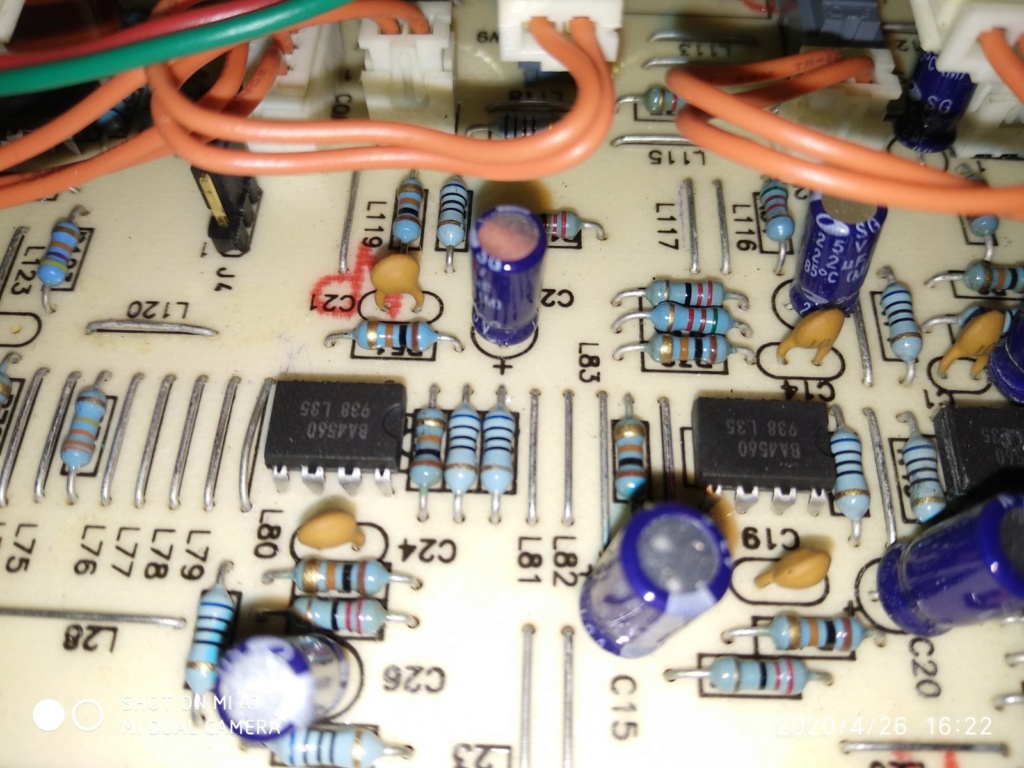
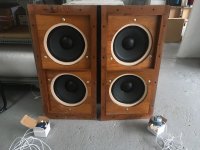



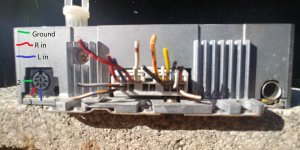
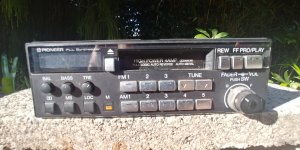
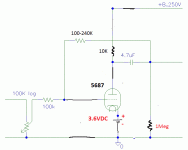
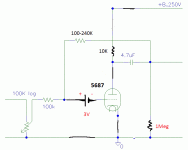
 , I was just wondering if the two following amps are good for a diy 2.1 system. The specifications and the components seem to be overall good, aren't they?
, I was just wondering if the two following amps are good for a diy 2.1 system. The specifications and the components seem to be overall good, aren't they?
